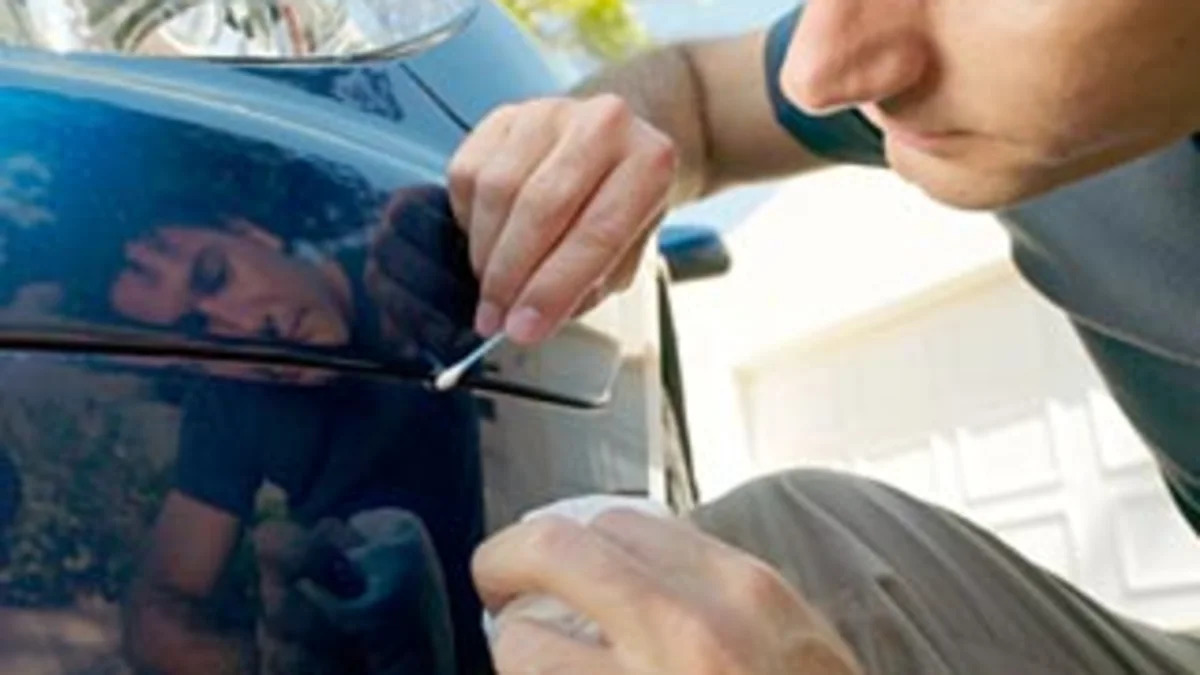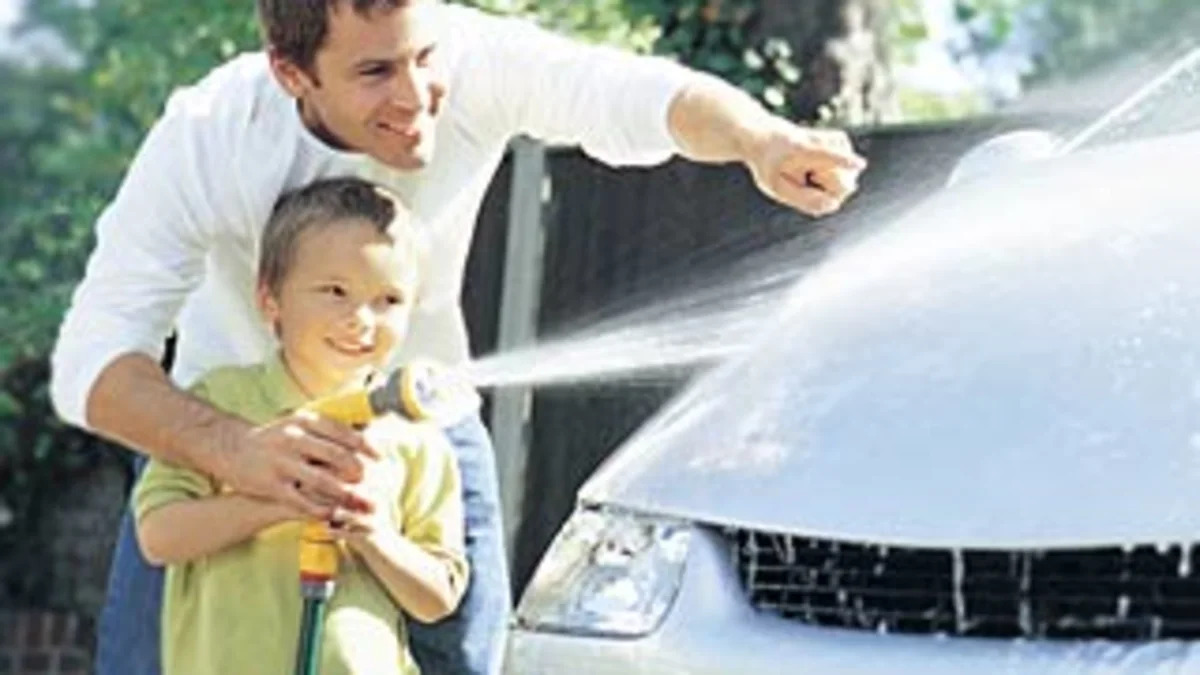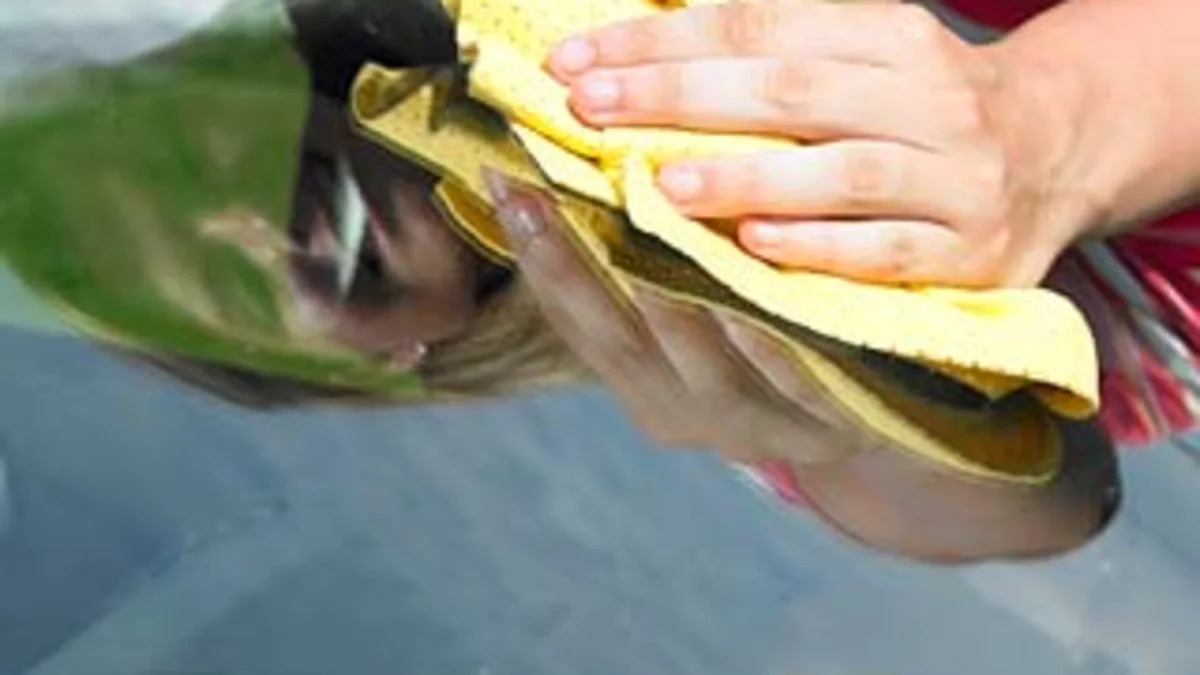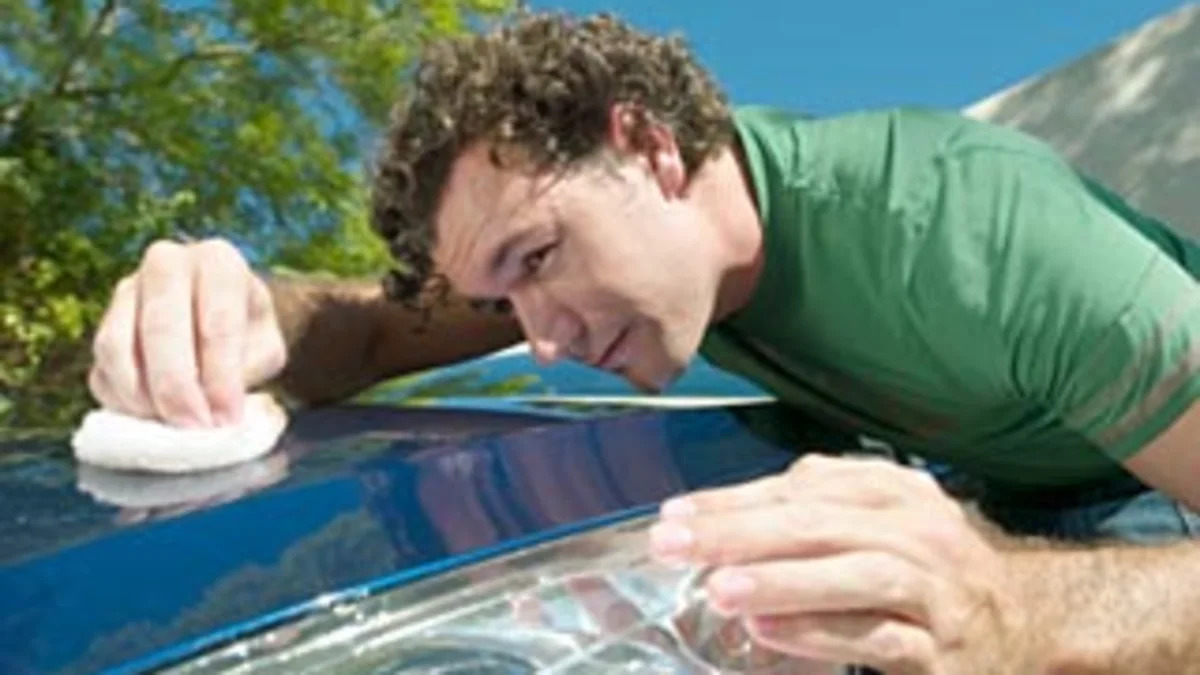12 Car Cleaning Myths
Apr 15, 2010
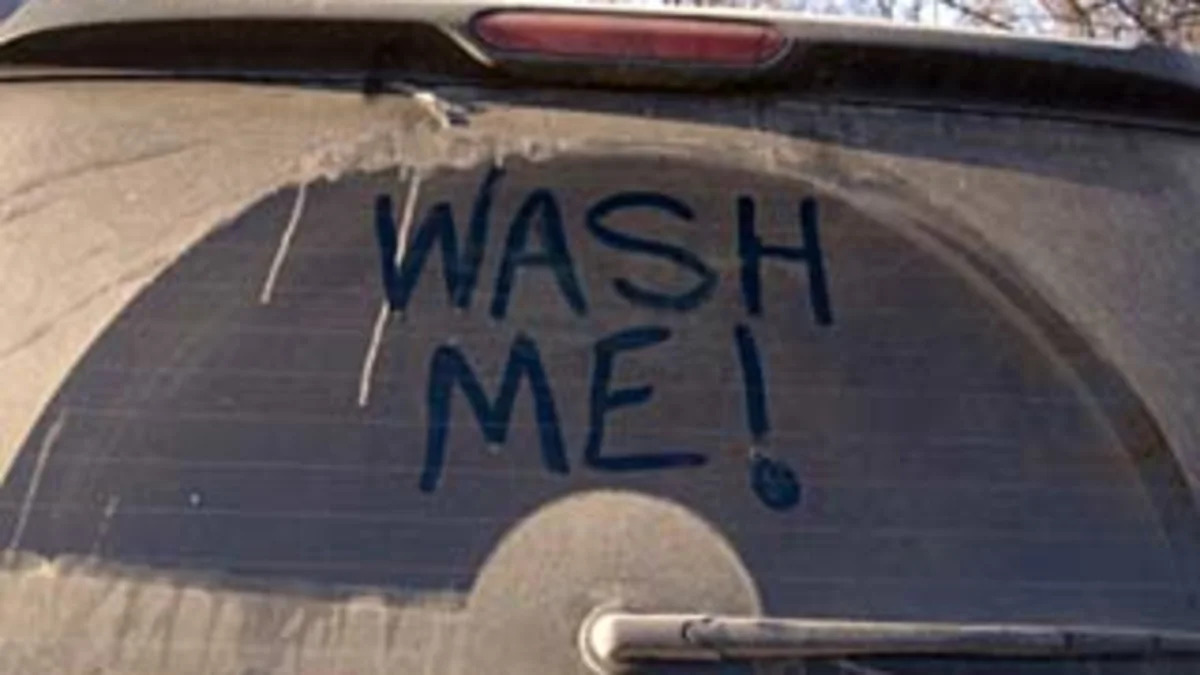
-

Car Cleaning Myths
Take a short drive just about anywhere and glance at the car or truck next to you. Chances are you'll get a feel for what the owner of that vehicle sees as "clean" --underscoring the obvious difference in standards that exist among owners. -
Car Cleaning Myths
In short, when it comes to auto hygiene, clean may be in the eye of the one with the bucket.
Barry Meguiar, who heads the business of the same name (Meguiar's), is out to set the record straight, in the process dispelling what his third-generation family company says are the "dirty dozen" car care myths.
-
Myth #1: Dishwashing detergent is safe to use to wash your car.
First among them is the idea that plain, ordinary dishwashing detergent is just fine and dandy for car wash purposes.
In the face of opinions that suggest, "go ahead, not a problem," when it comes to squeezing a little into a bucket of hot water and tackling the SUV or four-door sedan, Meguiar nixes the idea altogether. -
Myth 2: Washing and cleaning are the same.
A car wash removes loose contaminants; cleaning removes stubborn stains, blemishes and bonded contaminants, explains Meguiar. Bonded contaminants? Think tree sap and, almost as bad, a spray of tire rubber that no one can escape. "When you're driving behind someone, the rubber from the tires is landing somewhere -- and that's on your vehicle." -
Myth #4: Clay bars should only be used by professionals.
Remember how easy it was to use Silly Putty? Using a clay bar (like this one from Meguiar's) is just as easy. The bar (which comes in a kit) is able to grab and gently remove all bonded contaminants (like tree sap and road rubber). -
Myth #6: There is no difference between polishing and waxing.
Understanding what polishing and waxing are designed to do is key. Polishing creates a brilliant high-gloss surface; waxing protects the vehicle's finish by coating it with wax polymers, resins and silicones (which means waxing won't make a dull surface shiny). -
Myth #8: Diapers, t-shirts and flannel make good cleaning cloths.
A smooth surface is exactly what you don't want to see in a cloth, the reason being those fine particulates that you're trying to capture. While cloth diapers or t-shirts may be clean, they're actually scratching the surface; a premium terrycloth microfiber towel is what's recommended -- the deep-pile surface creates a buffer zone that will pick up the bad stuff, not grind it into the paint finish. -
Myth #10: Paste wax offers greater protection than liquid wax.
While Barry Meguiar admits this once was true, times have changed. "In the old days, there was a great reliance on carnauba wax, which was the hardest natural wax available. Fifty years later we have synthetic waxes, polymers and resins that have far more resilience than carnauba and enhance the gloss. Interestingly, carnauba (which people still want to see in a product) actually grays the surface of a vehicle." -
Myth #12: Once a car is waxed, regularly protecting the paint finish becomes unnecessary.
Remember that tree sap and tire rubber? It's never-ending, which means so is the need to remove it (and everything else the world might throw at the surface of your vehicle). The best strategy: Remove the contaminants with a mist-and-wipe product before they have time to bond to the vehicle's paint.
